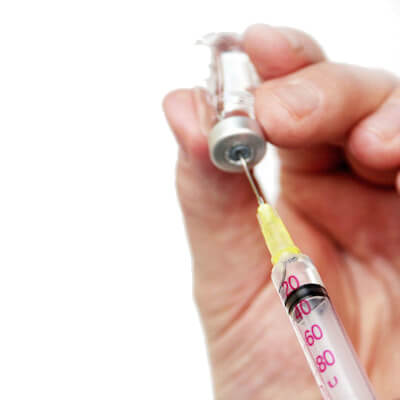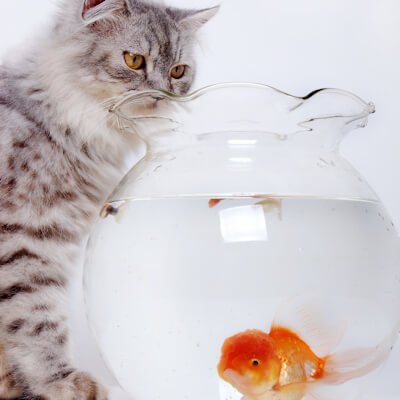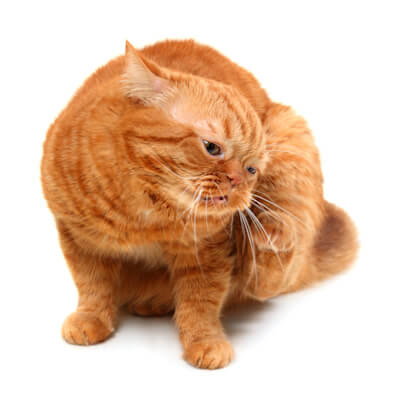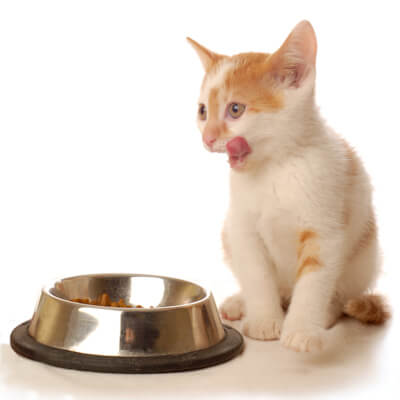Cats are now our most popular domestic pet. Some people acquire a cat almost by accident but if you make a conscious decision to get one you should think carefully about what sort of cat you want – short or long haired, pedigree or ordinary ‘moggie’, etc. Although obtaining a kitten may be a particularly attractive proposition because of its playful and endearing personality, taking on a young cat also involves extra responsibilities.

If you decide that you want to get a pedigree kitten, you need to find a breeder (your vet may be able to supply a list of breeders or contact details) and be prepared to pay a substantial sum of money. If your vet does not feel able to ‘recommend’ a suitable breeder you can contact the Governing Council of the Cat Fancy (GCCF).
Non-pedigree kittens can often be obtained free, or at least for a nominal amount. Animal welfare charities may ask you to make a donation towards their running costs. Other places to look for kittens are the advertisement board in your veterinary practice, newspapers and your local post office or newsagents shop. If you know of a friendly good natured cat in the locality that is about to have kittens it may be worthwhile waiting until they are available.
It is not a good idea to obtain a kitten from a pet shop as they often carry diseases and can be very stressed. Try to see a kitten with its mother and brothers and sisters as it is easier to judge its temperament in a natural setting.
If you get a kitten that is already carrying a disease, it may never recover full health and the treatment may be expensive. A healthy kitten will have clear bright eyes, clean nostrils and ears and a shiny coat. If your kitten has runny eyes, sneezing or a nasal discharge it may have a severe respiratory infection. Being able to see the third eyelid (a membrane in the corner of its eyes nearest the nose) or a dull coat are also signs of ill health. Avoid taking on a kitten with dirty ears which may be infected with bacteria or ear mites or an animal which is thin and has a pot-belly as it may be heavily infected with worms.
If you are in any doubt, ask to have the kitten examined by your vet before agreeing to take it on. In any case, make an appointment for any new kitten to be examined by your vet on the second or third day in your care. Your vet will check that your kitten is healthy, and give you advice on feeding your kitten, vaccination, worming and neutering.
A normal kitten should be active, playful and comfortable with people. It is a bad sign if the kitten runs away and hides or appears sleepy all the time. However, normal kittens do sleep for long periods and it is worthwhile watching it for some time or visiting on several occasions before reaching a decision on whether you want to take it home. Normal kittens suddenly change from being playful to being tired or hungry.
A kitten that has interacted with people and other animals in the first eight weeks of life will be able to deal with new situations and owners more easily than one that has been kept in quiet isolation. Early experiences are important for a confident, well balanced cat. Avoid nervous kittens as they seldom become the outgoing friendly cat that most people want. Choose the kitten to suit your lifestyle. If you have children and dogs try and find a kitten that has previous experience of these.
Before taking a kitten home find out about the type of care it was getting. Kittens can leave their mothers from about the age of eight weeks and most ‘moggies’ will not be vaccinated (inoculated) by then. If you are buying a pedigree kitten it will not be able to leave the breeder until it is 12 weeks old and will usually have had some, or all, of it’s vaccinations. Ask which vaccinations it has received and you should be given a vaccination record signed by a vet (with details of the kitten’s identity).
You also need to know whether your kitten has been treated for fleas or worms and what sort of food it has been eating. Feed the same food for a few days and reintroduce new foods gradually (if you need to) so that your kitten’s system does not get too much of a shock.
Have all the necessary equipment ready before bringing a new kitten into your house. You should have the following:
- a carrying box
- food and water bowls
- food
- a comfortable bed
- a litter tray with litter (preferably the same brand that the kitten has been using so far)
- a grooming brush or comb
- a collar with name and address tag.
Make sure the collar is not so tough that it will not snap if your kitten gets caught by it. It may also be a good idea to have some toys to keep the kitten amused and a scratching post so that it does not exercise its claws on your furniture. Sometimes nail clippers can be helpful in trimming your kitten’s claws but these are not recommended for anyone who is not used to handling cats.
The first days away from its mother and littermates are understandably stressful for most kittens. Bouts of diarrhoea are common and should not cause too much alarm. Your kitten will need plenty of love and attention until it settles into its new home. Show it the litter tray and its food/water bowls that should not be too close to the litter tray. If there are young children in the house they must not become overexcited or treat the kitten like a toy. All doors, windows and cat flaps should be shut and the kitten should not be allowed outside for at least 2-3 weeks, until it has completed all its necessary vaccinations.
Until it is fully protected against the common preventable diseases of cats, your kitten should only mix with cats that are already fully vaccinated and known to be healthy. If you have other pet cats or a dog these should be introduced gradually to the kitten. During the first meetings the kitten should be safe inside a cage that allows the other pets to see and smell but not touch it. Later your kitten may also need a ‘bolt hole’, where it can escape if the other pets become aggressive or overly playful. Your old and new pets may never become the best of friends but with care and time they should learn to tolerate each other.
One of the attractions of cats is that they require very little maintenance. A kitten will have to be wormed approximately every two weeks from four to sixteen weeks and older cats approximately every three months. Once your kitten has had its first course of vaccinations it will need an annual booster vaccination.
Regular daily grooming for long-haired cats is recommended to keep their coat in good condition and short-haired breeds will also benefit from grooming, particularly when they are moulting. Brushing its coat, and teeth to prevent dental disease, is easier if your kitten is used to it from an early age. Your vet may be able to supply you with a finger toothbrush that is often easier to use in cats. The eyes and nose of long-haired breeds may also need to be wiped occasionally with damp cotton wool.
Kittens can be neutered from a young age but this is usually done between the ages of four and six months. Some females can be fertile at six months so make sure you arrange to have your kitten neutered promptly to avoid adding to the mountain of unwanted kittens, which are produced every year.
Cats can make valuable additions to the household and generally require much less maintenance than dogs, providing they are healthy and happy.
Register your new pet with your vet as soon as possible and visit the practice to get advice on routine health care and neutering before problems develop.











